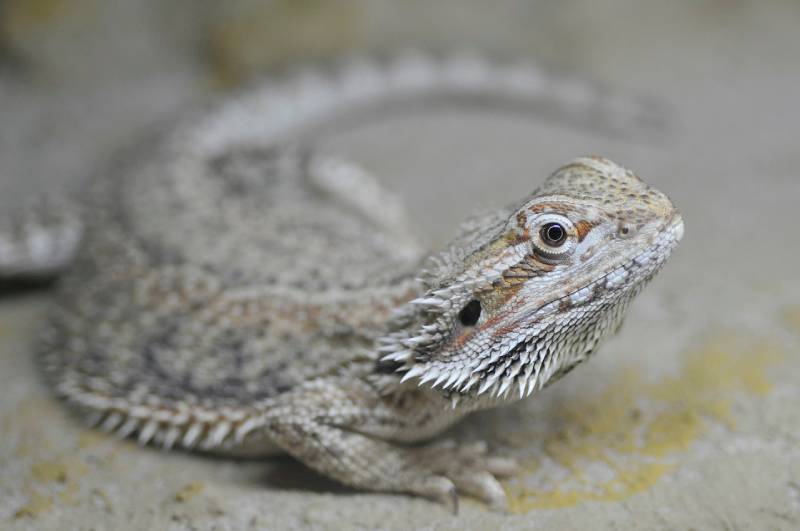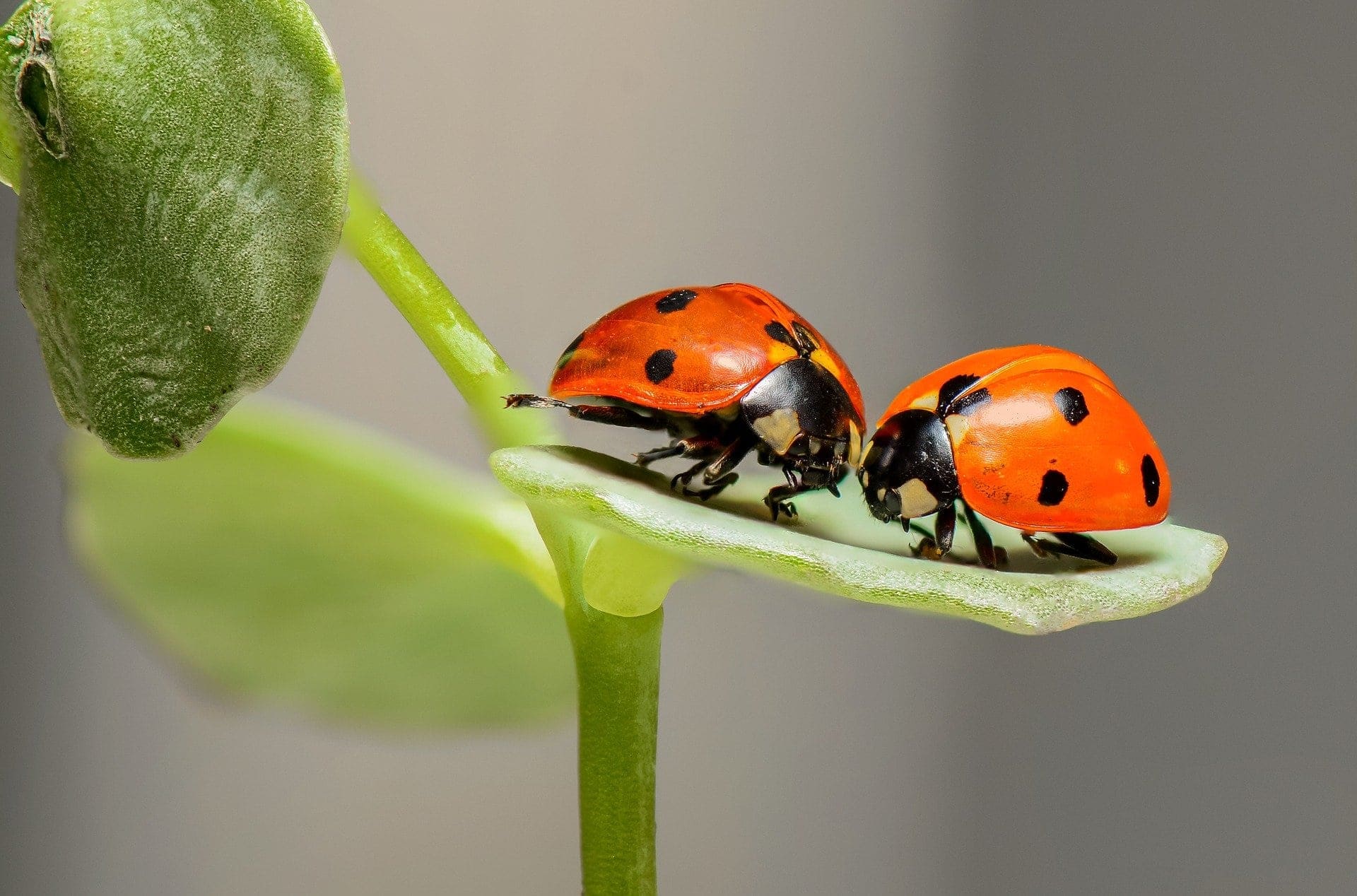How Much Are Bearded Dragons at PetSmart? 2024 Price Update
Updated on
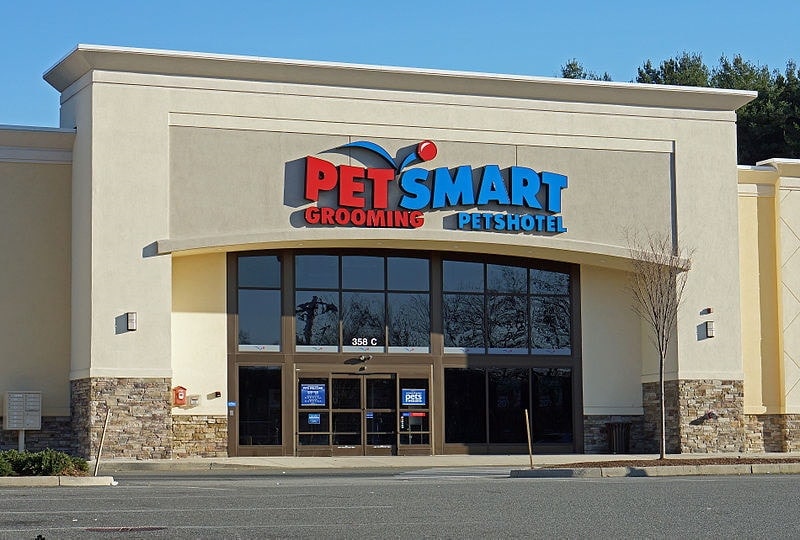
Bearded Dragons make interesting pets and are very popular. These medium-sized lizards hail from Australia and live in warm, arid deserts, savannahs, and subtropical areas. However, you don’t have to be a resident of Australia to own one of these interesting lizards. In fact, if so inclined, you can buy a Bearded Dragon from your local PetSmart. But just how much are these cute lizards?
For the Beardie itself, as they are affectionately called, you can expect to pay anywhere from $50 to $100—that’s just for the reptile. Owning a Beardie means buying other supplies your new reptile friend will need to live comfortably and happily. Let’s check out what those supplies are so you know what you can expect to pay for an entire setup for your Beardie.
Facts About the Bearded Dragon
If you’ve been kicking around the idea of adding a Bearded Dragon to your family unit, ensure you have a specialist veterinarian nearby that cares for such reptiles, as they will need proper veterinary care, just like any other pet. Surprisingly, it’s not too hard to find a vet who can provide regular checkups and care when needed but ensure you have one before bringing your Beardie home.
Before we get into the supplies you’ll need, let’s look at some cool facts about these fascinating lizards.
Beardies are docile and enjoy human companionship, but they do relish their private time as well. Despite their appearance, they are quite gentle and enjoy being held. Take care not to pick the lizard up by the tail or legs, as this will cause injury to your reptile friend. Remember that gentleness is the key.
Interestingly, they are called Bearded Dragons because they have a spiny beard underneath the chin that they can puff up. The scales can turn jet black with the purpose of fending off predators. Beardies grow around 24 inches long on average and can live up to 10 to 15 years with proper care.
The 9 Supplies You Need for Your Bearded Dragon
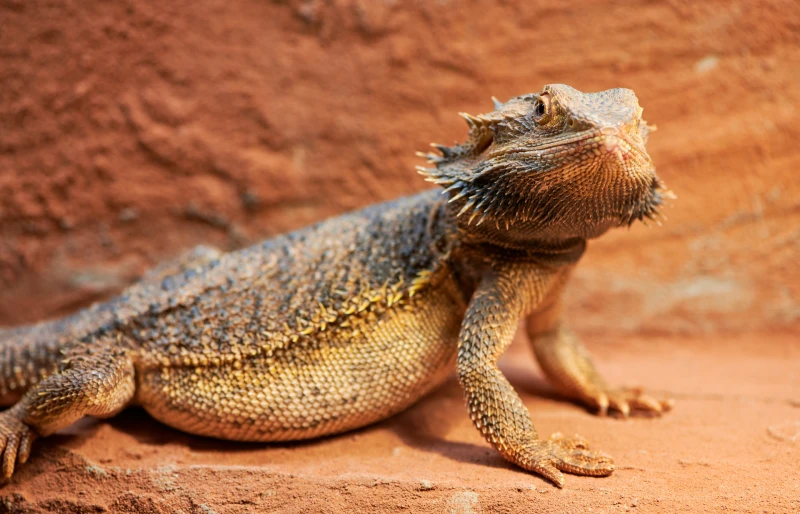
Bearded Dragons need a setup similar to their natural habitat, which can be simulated in a terrarium with the correct supplies and materials. Let’s check them out.
1. Terrarium
For adult or fully-grown Beardies, you should have a glass terrarium that is 40 gallons in volume with a screened lid. Ideally, the terrarium should be 48 x 24 x 24 inches to give him plenty of space to move around and exercise (you can most definitely go up in size to give your Beardie even more room). The terrarium should provide excellent ventilation and easy access to drop-in live insects (live insects are the Beardie’s favorite, such as roaches, crickets, and mealworms).
2. UVB Light
A UVB light replicates the sun’s rays, which Beardies are accustomed to in the wild. These lights mimic a 12-hour day and night cycle and are an important part of the supplies you’ll need. Beardies will soak up the rays for 12 hours a day and then sleep at night, so the UVB light will need a timer set for 12 hours each day.
Bearded Dragons require ultraviolet light to be healthy, and when mixed with calcium supplements, you can prevent your Beardie from developing Metabolic Bone Disease, a condition caused by an imbalance of vitamin D, calcium, and phosphorus in their bodies.
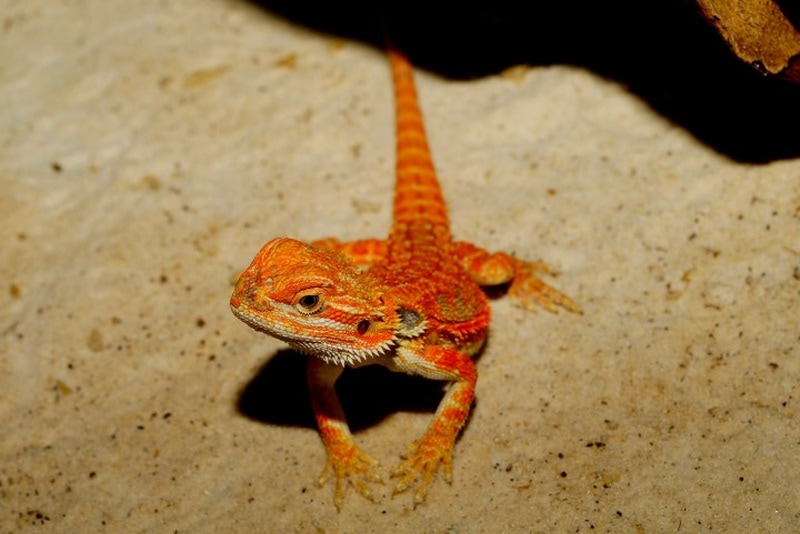
3. Heat Lamp
The heat lamp should range from 50 watts to 150 watts. Beardies love basking in the heat, and a heat lamp is an essential supply you must add to the terrarium along with a UVB light. Remember that Beardies come from warm, arid climates, but you should have a “cool” side and a heated side.
The heated side (basking side) should be 95 degrees to 105 degrees, and the cooler side should be 80 degrees. The nighttime temp should average 65–75 degrees. Adding thermometers on each side will help you regulate the temperature.
4. Hygrometer
Bearded Dragons thrive in humid climates, and you can provide this by misting the tank every 48 hours. Humidity levels should be relatively low compared to the heat in the terrarium and should stay in the 30%–40% range. A hygrometer can help you keep the humidity levels where they need to be.
5. Substrate
You should line the bottom of the terrarium with a substrate, such as a reptile carpet or tile. You can use paper towels, but the live insects you drop in may wander underneath. You can also use newspaper, but never use gravel, pebbles, or sand for substrate, as these materials can cause impaction if your lizard consumes them.
6. Water Dish and Food Bowls
Your Beardie will eat mostly live insects, but they do enjoy salad and fresh veggies, and these food sources are better served in a bowl. When settling on a water dish, ensure it is easily removed from the tank for cleaning once a week.
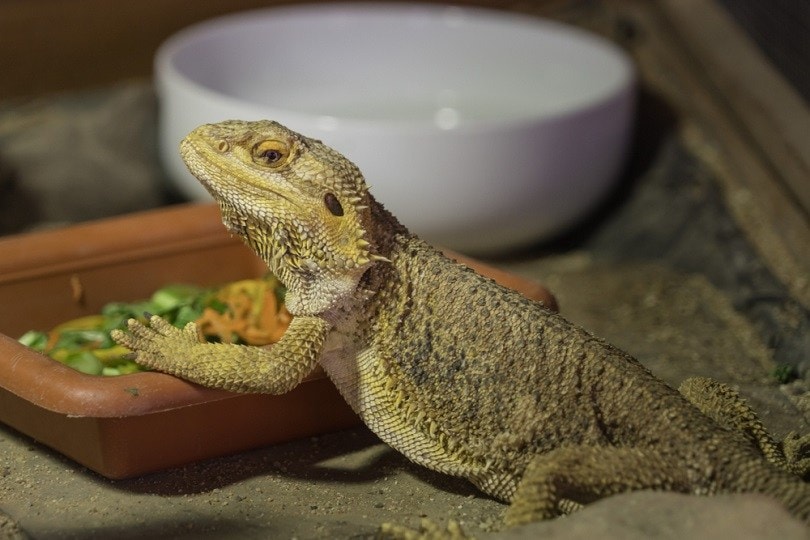
7. Large Hide
Beardies like to hide to feel secure and safe in the wild, as well as cool off underneath a large rock. You can use logs too if your lizard seems to enjoy them. A large hide is an excellent way for your Beardie to retreat if he feels stressed.
8. Sunning Rock
Beardies like to bask in the sun, and one way to simulate this is to provide a sunning rock inside the terrarium—a sunning rock can also serve as a hide. Place the sunning rock on the basking side of the terrarium so your Beardie can enjoy hours of heat regulation.
9. Food
As we know, Beardies love live insects, such as crickets, roaches, and mealworms. They do, however, enjoy salad and vegetables, such as kale, parsley, sweet potatoes, carrots, butternut squash, and celery.
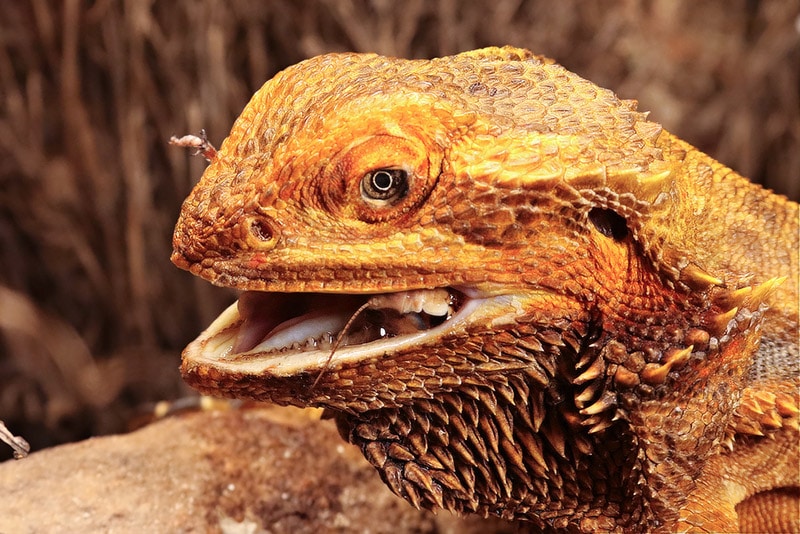
Conclusion
You can expect to pay $50 to $100 for a Bearded Dragon at PetSmart, but keep in mind that is only a small portion of the expenses, as you’ll need supplies and a terrarium setup. Bearded Dragons are not hard to care for, but you do need the essential supplies mentioned above. Ensure you have a specialty veterinarian close by who can care for your Bearded Dragon, and most of all, enjoy having one as a pet!
Featured Image Credit: PetSmart (Anthony92931, Wikimedia Commons CC BY-SA 3.0)

